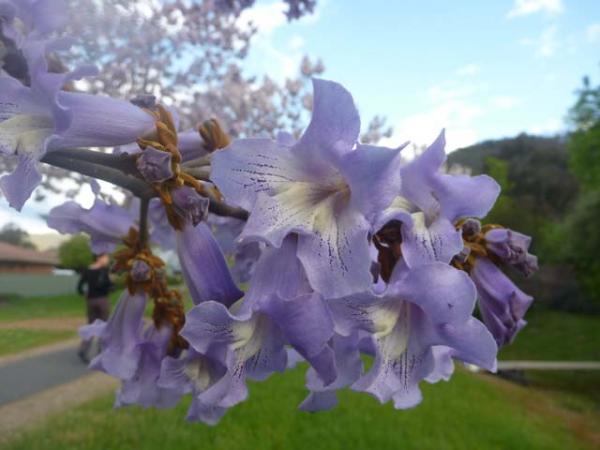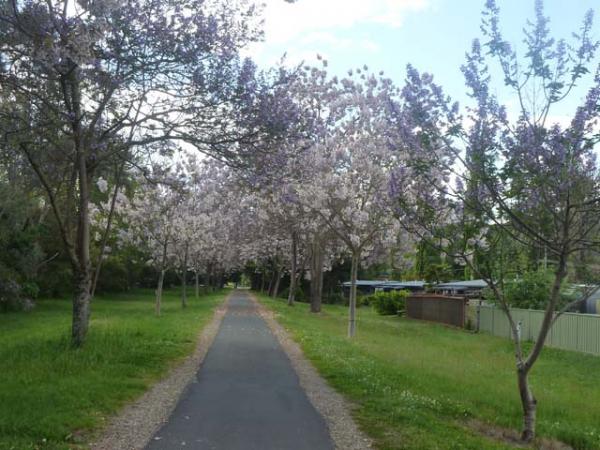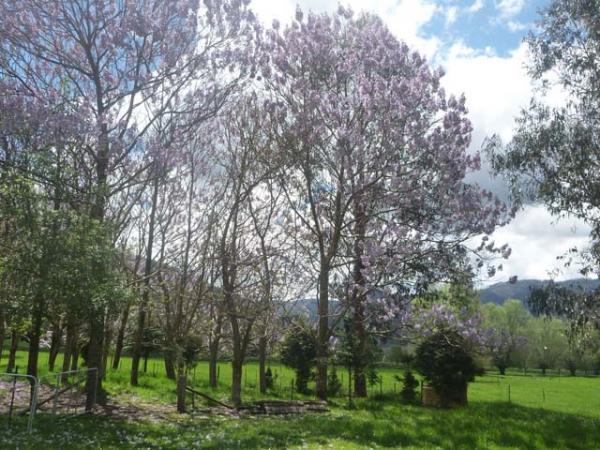Array
(
[0] => Array
(
[id] => 450
[is_published] => 1
[websiteID] => 5
[url] => /gardening/the-rose.php
[page_status] => Published
[number_of_ads] => 4
[can_use_editor] => 1
[last_modified_date] => 2013-09-16 00:00:00
[last_modified_by] => Alan
[checked_for_duplicate_content] =>
[title] => The Rose
[heading] => The Rose
[meta_description] => Learn all about roses. How to grow and care for them, history, and more.
[article_category_1] => Gardening
[article_category_2] =>
[article_category_3] =>
[article_category_4] =>
[article_category_5] =>
[business_category_1] => Landscaper
[business_category_2] => Nursery
[business_category_3] => Garden Designer
[business_category_4] => Landscape Architect
[business_category_5] =>
[number_of_google_mrecs] => 1
[show_google_ad_bottom_of_page] => 1
[show_get_quotes_top_of_page] => 1
[show_get_quotes_rhs_of_page] => 1
[show_directory_search_widget] => 1
[show_trending_content_widget] => 1
[show_facebook_widget] => 1
[show_further_reading_section] => 1
[show_sponsors_section] => 1
[show_top_article_ad] => 1
)
[1] => Array
(
[id] => 204
[is_published] => 1
[websiteID] => 5
[url] => /gardening/native-orchids.php
[page_status] => Published
[number_of_ads] => 5
[can_use_editor] => 1
[last_modified_date] => 2013-09-16 00:00:00
[last_modified_by] => Alan
[checked_for_duplicate_content] =>
[title] => Australian Native Orchids
[heading] => Australian Native Orchids
[meta_description] => Native orchids range from the spectacular epiphytic (growing on trees) and lithophytic (growing on rocks) species of the tropical jungles and warmer areas of Australia, to the intricately subtle terrestrial (growing in the ground) species found throughout the dry eucalypts forests throughout the continent.
[article_category_1] => Gardening
[article_category_2] =>
[article_category_3] =>
[article_category_4] =>
[article_category_5] =>
[business_category_1] => Landscaper
[business_category_2] => Nursery
[business_category_3] => Garden Designer
[business_category_4] => Landscape Architect
[business_category_5] =>
[number_of_google_mrecs] =>
[show_google_ad_bottom_of_page] =>
[show_get_quotes_top_of_page] =>
[show_get_quotes_rhs_of_page] =>
[show_directory_search_widget] =>
[show_trending_content_widget] =>
[show_facebook_widget] =>
[show_further_reading_section] => 1
[show_sponsors_section] => 0
[show_top_article_ad] => 1
)
[2] => Array
(
[id] => 200
[is_published] => 1
[websiteID] => 5
[url] => /gardening/native-annuals-and-perennials.php
[page_status] => Published
[number_of_ads] => 5
[can_use_editor] => 1
[last_modified_date] => 2013-09-16 00:00:00
[last_modified_by] => Alan
[checked_for_duplicate_content] =>
[title] => Native Annuals and Perennials
[heading] => Native Annuals and Perennials
[meta_description] => Australian annual and perennial plants can be used to create excitement in your garden as they are quick growing, usually very floriferous and because they are relatively temporary they can be replaced on a regular basis to add something new each year.
[article_category_1] => Gardening
[article_category_2] =>
[article_category_3] =>
[article_category_4] =>
[article_category_5] =>
[business_category_1] => Landscaper
[business_category_2] => Nursery
[business_category_3] => Garden Designer
[business_category_4] => Landscape Architect
[business_category_5] =>
[number_of_google_mrecs] =>
[show_google_ad_bottom_of_page] =>
[show_get_quotes_top_of_page] =>
[show_get_quotes_rhs_of_page] =>
[show_directory_search_widget] =>
[show_trending_content_widget] =>
[show_facebook_widget] =>
[show_further_reading_section] => 1
[show_sponsors_section] => 0
[show_top_article_ad] => 1
)
[3] => Array
(
[id] => 577
[is_published] => 1
[websiteID] => 5
[url] => /gardening/top-plants-for-hedges-and-screens.php
[page_status] => Published
[number_of_ads] => 2
[can_use_editor] => 1
[last_modified_date] => 2014-01-29 00:00:00
[last_modified_by] => Alan Bron
[checked_for_duplicate_content] =>
[title] => Top plants for hedges and screens
[heading] => Top plants for hedges and screens
[meta_description] => Hedges and screens in gardens create privacy or screen out an unwanted view. Learn about which plants are best for this.
[article_category_1] => Gardening
[article_category_2] => Landscaping
[article_category_3] =>
[article_category_4] =>
[article_category_5] =>
[business_category_1] => Landscaper
[business_category_2] => Garden Supplies
[business_category_3] =>
[business_category_4] =>
[business_category_5] =>
[number_of_google_mrecs] => 0
[show_google_ad_bottom_of_page] => 0
[show_get_quotes_top_of_page] => 0
[show_get_quotes_rhs_of_page] => 0
[show_directory_search_widget] => 0
[show_trending_content_widget] => 1
[show_facebook_widget] => 1
[show_further_reading_section] => 1
[show_sponsors_section] => 1
[show_top_article_ad] => 1
)
)
Helpful articles
The Rose. Learn all about roses. How to grow and care for them, history, and more.
Australian Native Orchids. Native orchids range from the spectacular epiphytic (growing on trees) and lithophytic (growing on rocks) species of the tropical jungles and warmer areas of Australia, to the intricately subtle terrestrial (growing in the ground) species found throughout the dry eucalypts forests throughout the continent.
Native Annuals and Perennials. Australian annual and perennial plants can be used to create excitement in your garden as they are quick growing, usually very floriferous and because they are relatively temporary they can be replaced on a regular basis to add something new each year.
Top plants for hedges and screens. Hedges and screens in gardens create privacy or screen out an unwanted view. Learn about which plants are best for this.
Plant description
Paulownia is a fast growing deciduous tree with colourful spring flowers and very large leaves. They are native to China, Laos and Vietnam, and are being used on a large scale in China for forestry, land rehabilitation, and as a decorative tree. They can have very fast rates of growth, so are useful for providing quick shade and privacy. Being deciduous, they will give summer shade and winter sun. They are drought resistant once established.
Paulownia grow best in rich deep soil, and more slowly on poorer sites. Wet feet can cause the death of the plant. They will grow rapidly in their first few years, after which the growth rate slows. Spring frost can damage the new growth. Hot dry winds can damage the tree.
Paulownias can sucker, and is listed as an invasive and noxious weed in some states of America. Also, being a fast growing tree, it would be wise not to plant it where it could invade drainage systems.
It was once customary for Japanese parents to plant a Paulownia when they have a daughter, and to use the wood from the tree for a dowry chest or other furniture.
Additional plant information
Flowers
Flower colour: Mauve
Flowering season: spring
Plant size
Maximum height: 20 metres
Minimum height: 10 metres
Maximum width: 12 metres
Minimum width: 10 metres
Sunlight, frost & salt tolerance
This plant will tolerate full or partial sunlight.
Medium frost tolerance.
Plant is not salt tolerant.
Fauna attracting?
Yes. Attracts: Birds, butterflies, moths.
Climate
This plant species will grow in the following climates: cool, temperate, subtropical, tropical.
Soil types & conditions
Loam: dry, moist, well-drained.
Clay: moist, well-drained.
Sand: wet, moist, well-drained.
Soil pH: 5-7
Diseases
Mildew, leaf spot
Pests
Caterpillars
Miscellaneous information
Planting season: any.
Types of fertiliser: Good general purpose..
Find a nursery
Search for another plant



